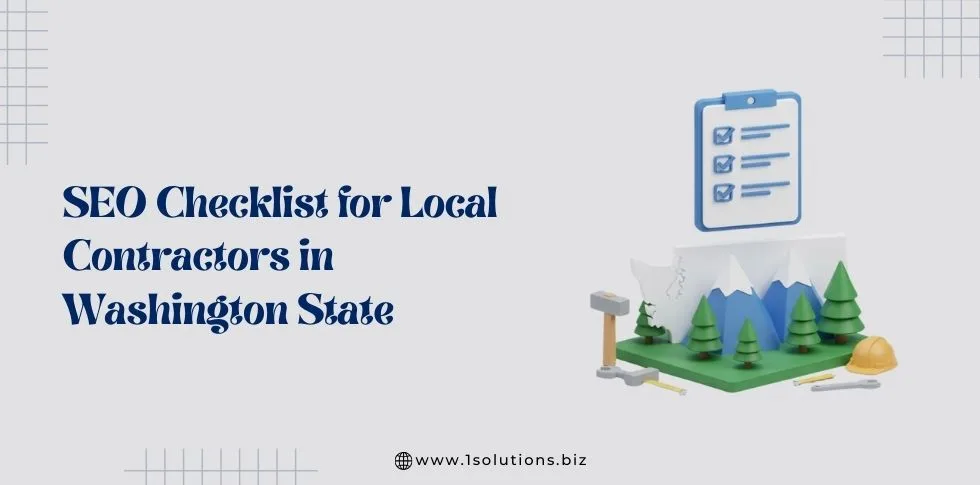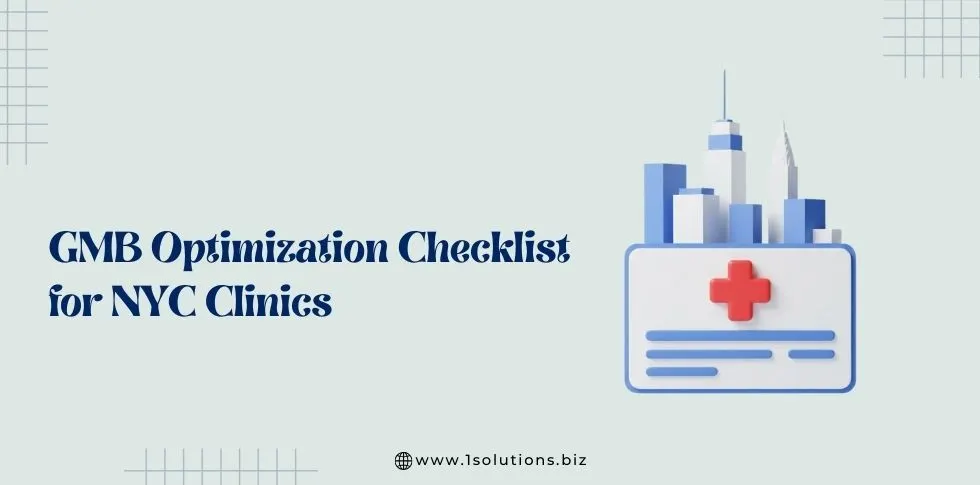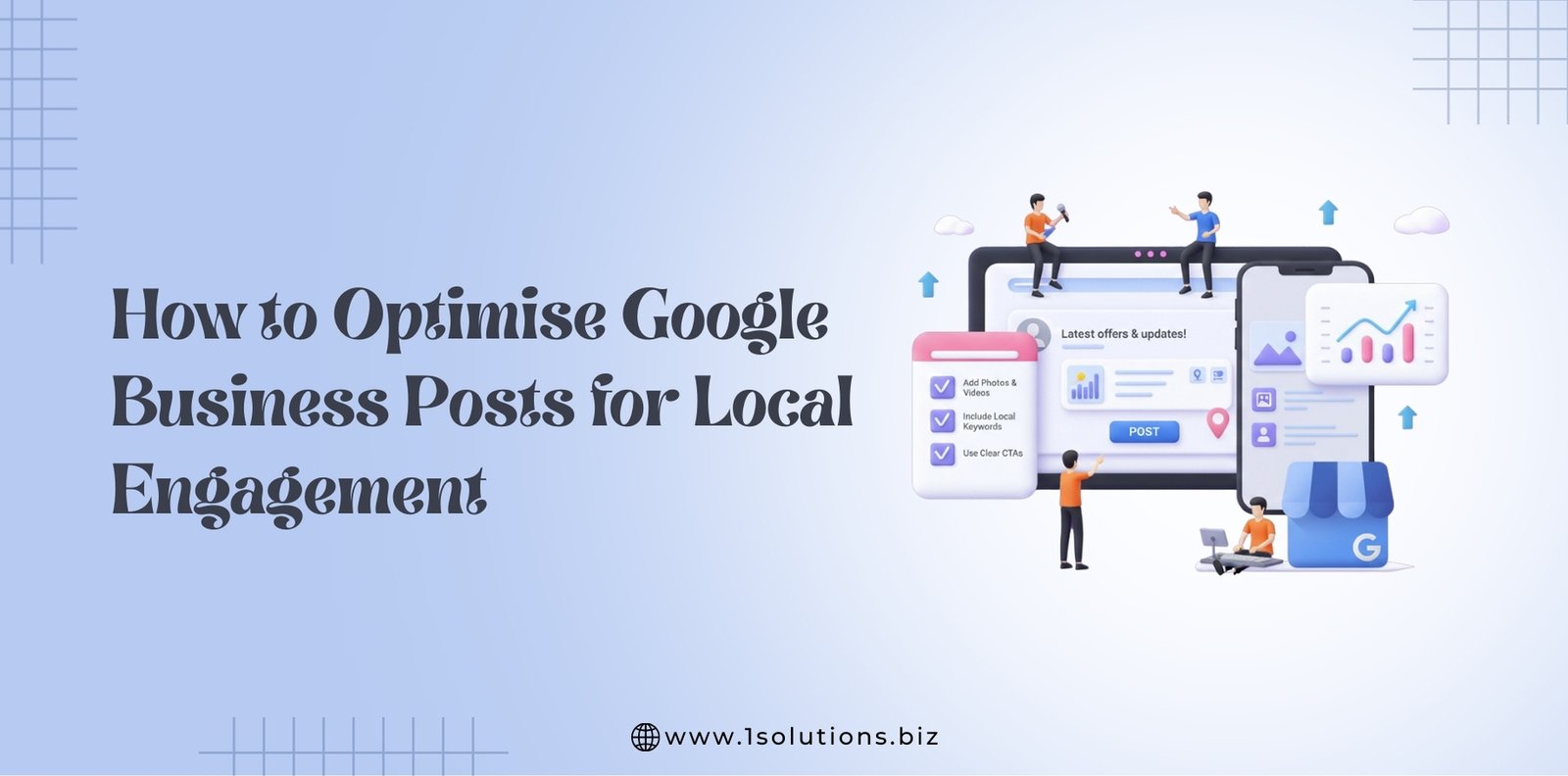Facebook, Instagram, Pinterest, Tumblr … even YouTube, and Twitter. Guess what all these social media sites have in common? They’re all highly visual sites, based on photos and videos.
Their content isn’t supplied by the companies owning the websites. Instead, it’s supplied by people like you or me, adding their own photos and videos to their accounts.
That visual content is then sent to friends and followers, and shared with … well, with the world.
Visual-based social media — sharing photographs, graphic images, and videos — is becoming a highly useful and popular tool for small businesses to connect customers with their business.
Visual media is actually pretty easy to create, too. These days, you don’t have to be a professional photographer or video professional, and you don’t have to use fancy equipment to get your visual point across.
You just have to open a free account at a social media site popular with your customers and have some way to take photos or videos.
But it does help to know a few visual “tricks of the trade,” so your photos and videos actually get viewed and are working to bring customers to your business or organization.
Here are seven tips to help you get started making great visual-based social media that connects with customers:
1. Show Off Your Stuff
If you have a product to sell, why not take a photo of it and post that photo to your social media accounts? Be sure to post them in the social networks that most of your customers use — which are most likely Facebook and Twitter.
Your photos don’t have to be award-winning, and your equipment doesn’t have to cost thousands of dollars.
Use what you have, even if that’s only your smartphone (which probably takes better photos than your old point-and-shoot camera did, anyway).
Just make sure your subject is well-lit and don’t shake the camera when you take the photo.
Don’t think of these images as an extended product catalog. Instead, share images of new products that you’re excited about. Post the photo, but include a short, paragraph-length description. Share why you’re excited about it.
Sharing that enthusiasm helps get your loyal customers excited too, especially when they can see the actual item.
Not a business that sells actual products? Images will work here, too. For example, if you are running an eCommerce store, take some photographs of your “product” in its natural form and share them with users on social media.
Visually show what you do, and how your products are best in quality.
This will communicate much better than paragraphs of text explaining your eCommerce store.
2. Show Off Your Staff
This tip is scary to some but very helpful to customers. Take some pictures of your staff and post those photos to your social networks.
Most likely, somewhere in your business plan is the idea of creating ongoing relationships with repeat customers, and one way to do that is to help your customers connect with your business.
No one likes to “friend” a WordPress developer, but people do like to “friend” Simmi, who’s really nice and makes those amazing WordPress websites for them. You’ll be more likely to “like” that WordPress website development company’s Facebook page if you see a photo or a video of Simmi.
See the idea here? Share the friendly faces behind your business with your customers.
That helps connect customers to your organization and to your staff. One caveat here — no posed “suit and tie” photos or “t-shirt and beer” photos (well, unless you own a sports bar).
3. Get Close To Your Subject
Here’s an important tip when taking photos for your business. Make sure to get close to the person or product you are photographing and fill the frame with the image.
In many cases, images uploaded to social media sites will be viewed in a small, thumbnail-sized box first. Given this, the subject of your photograph needs to be clearly visible, even at a small size.
A good way to think of this is to make your photograph “clickable” — meaning something that will make people want to click that tiny photo to see more. A close-up shot of a person or a product will do the trick.
4. Great Lighting Is Key
Good lighting is one of the most important things to get right when taking clear photographs. You don’t have to buy expensive studio lighting systems to achieve better lighting (although it certainly doesn’t hurt).
Just make sure to use whatever lighting you have to your advantage.
To achieve better “natural” lighting, try these simple tips:
Turn on the overhead lights before you take a photo, even if the room you are in seems brightly lit.
If you are outside, ensure that the light is behind you when you take a photo. Position yourself (and your camera) so that you have your back to the sun, and that your subject is facing the sun.
If you are inside, put your back to a brightly lit window. Move a floor lamp closer to the subject, and tilt the lamp shade so more light shines on your subject.
5. Don’t Script Your Videos
Is anyone reading this article a Hollywood actor? Perhaps you have experience on a Broadway stage? My guess is that most of us don’t have that kind of background or experience.
Reading, memorizing, and making scripts sound authentic is really hard to do if you’ve not done it numerous times already.
But guess what happens when your boss gives you a video camera and an assignment to make a new product video? Many of us try to write the script, then have the on-screen talent (i.e., your friend in the next cubicle) memorize and repeat that script back to you, complete with lights and a camera pointed at her head.
Hence all the bad corporate videos can be found on YouTube.
Don’t even bother scripting your videos. Instead, write a good outline focused on what you want to share, comprised of key points and a good conclusion.
Look that outline over a few times, hit the record button, and start improvising through your outline. You will sound more natural and authentic.
If you stumble over some words, that’s OK — it’s video. You can edit out those parts, or re-do a section if needed.
Keep the video short (2 minutes or under) and focused on your topic, and you will end up with a fine video that highlights your new product or service.
6. Include A Call To Action
Whenever you post a photo or video online, make sure to include a call to action with the post so your customers know what to do next. Otherwise, they will be inclined to view the photo, think “that’s cool,” and move along.
Online calls to action are easy to put together but need to be based on your goals. For example, if you have a goal of getting more people to “like” your product photos in Facebook, simply post the photo and a short description of the new product.
In the post, actually ask people to click “like.” That will achieve two things — first, some viewers will indeed click “like.” Second, when someone clicks “like,” that activity gets shared with their friends as well, providing a greater opportunity to gain more likes, since more people have the potential to see the photo.
Here is another example. If your goal is to drive people from Facebook to a “buy now” page, create the post with an image.
The description of the image could include a link to the “buy now” page. You could even ask viewers to click through to the “buy now” page (that ask is the call to action).
7. Make Your Photos Helpful To Customers
In general, use visual-sharing opportunities in social media marketing to be helpful to your customers and clientele.
“Being helpful” might mean any number of things. It could mean sharing a photograph of a new sales rep.
If you have recently added space to your building, make sure to share that with customers. Some companies share photos or videos of how their product works or how to fix a problem.
Another way to think about being helpful is this — just the act of sharing photos of products, services, and staff is helpful. You are visually showing your customers the who and what of your organization.
When those customers come to visit your business, they will already know who to ask for and what they’re looking for, because you have already shared that information with them.
You have made their task (i.e., buying something from your business) that much easier.
So dust off that iPhone lens, or get your camera out of the bag on the shelf, and start sharing visually with your customers.
Follow these simple tips, and you can start helping your customers and client succeed.
Best of all, you can start tomorrow!































 in India
in India